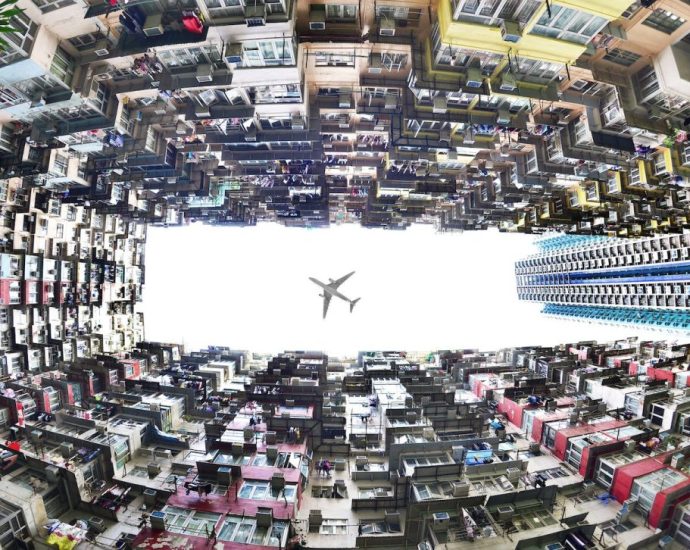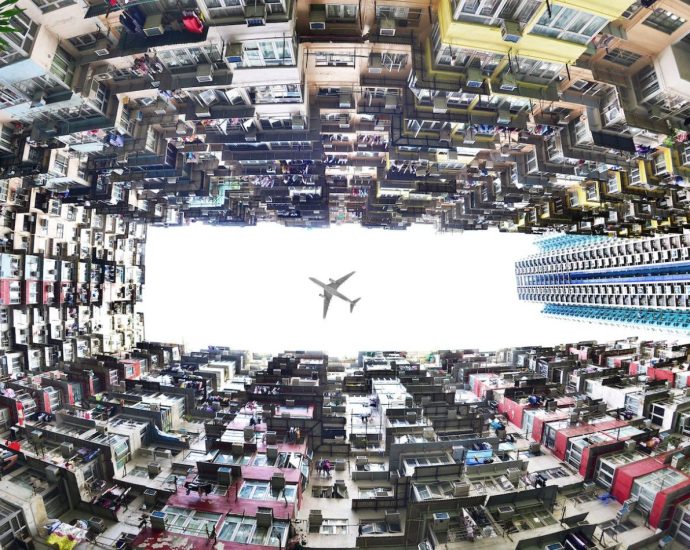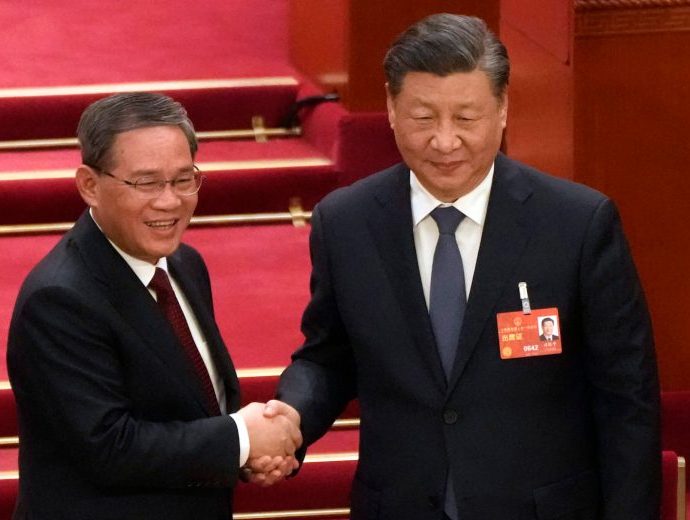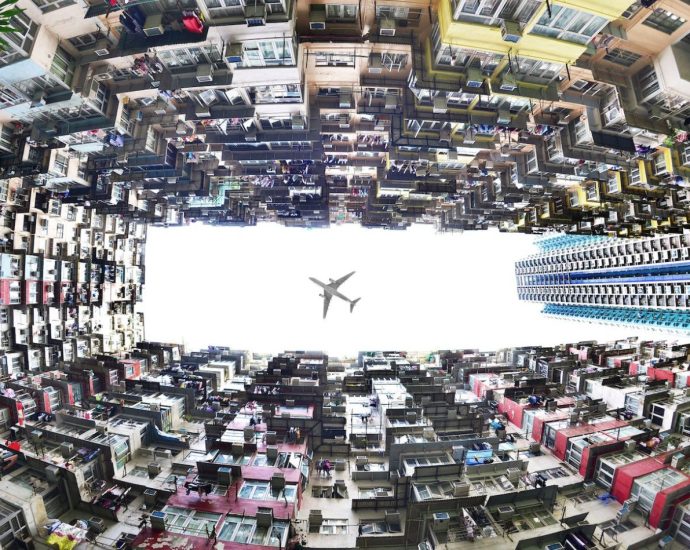Fractured opposition handing Taiwan’s election to DPP
Taiwan’s two largest opposition parties were unable to form an alliance over the weekend due to competing interpretations of public opinion polls, casting a new cloud of uncertainty over January’s crucial presidential election.
The opposition camp is perceived to be more friendly toward mainland China while the ruling, nationalistic Democratic Progressive Party is seen as more antagonistic toward Beijing.
With the push of former Taiwanese president Ma Ying-jeou, Kuomintang (KMT)’s Hou Yu-ih and Taiwan People’s Party (TPP)’s Ko Wen-je agreed on November 15 to join political hands and allow opinion polls to determine who should lead their joint election campaign.
The ticket would be either a “Ko-Hou team”, meaning Ko would lead in the campaign, or alternatively a “Hou-Ko team.”
On November 18, the Ko-Hou team beat the Hou-Ko team in five out of the six polls conducted by media firms as well as the two parties. However, Ko had previously agreed to a special arrangement that has complicated the result.
He had said he would be willing to be the vice presidential candidate, rather than president, if the Ko-Hou team could not secure a 3% premium in ratings over the Hou-Ko team, with the assumption of a “plus or minus 1.5%” statistical error in the polls. He accepted the arrangement as he wanted to contribute to the formation of an opposition alliance.
Under that special statistical arrangement, the Ko-Hou team and the Hou-Ko team could be interpreted to have won three polls each, allowing Ko not to concede defeat.
But the KMT insisted that there is a “plus or minus 3%” statistical error in each poll and thus Ko can only claim victory in polls in which the Ko-Hou team has a 6% premium in ratings over the Hou-Ko team. This rule means the Hou-Ko team won five out of the six polls.
Ko said on November 18 that there is still enough time to do one more round of polls before the end of the nomination period, which will end at 5 pm on November 24. On November 19, he said he would continue his original plan to represent the TPP to run in the presidential election.
KMT chairman Eric Chu said his party remains open to the idea of establishing an alliance with the TPP but Ko must make a decision by November 22.
3% statistical error
Former KMT lawmaker Tsai Yuen-cheng said it’s embarrassing that his party had tried to distort the definition of “3% premium” when most people, including KMT legislator Fai Hung-tai, who reportedly has a PhD in statistics, knew that a 3% statistical error could only mean “plus or minus 1.5%.”
He said now a Hou-Ko team is ruined while the KMT can by now only choose to form a Ko-Hou team. He noted some polls showed that DPP presidential candidate Lai Ching-te, Ko and Hou are on course to win 6 million, 4.5 million and 3.5 million votes respectively, handing the election to the DPP, if the opposition camp cannot agree to form an alliance.
He suggested if Hou does not accept the junior position on a united opposition ticket, the KMT may not survive over the next four years.
Some Taiwanese commentators said the KMT-TPP’s fundamental conflict is rooted in past Legislative Yuan elections.
They said some of Ko’s supporters feel it is unfair that he serve as Hou’s deputy as he is slightly more popular in polls. They said the KMT and TPP also have conflicts over the negotiation of legislative seats.
Adding to the intrigue, Ko held a one-hour meeting with Foxconn founder Terry Gou, who has gathered more than 900,000 signatures from public nominees to run in the election, at the latter’s home on Sunday evening. Gou must receive at least 300,000 signatures from voters to be nominated as he lacks any political party’s support.
Huang Shih-hsiu, a spokesperson of Gou’s campaign office, said Monday that the Taiwanese tech entrepreneur is open to discussions about forming a Gou-Ko team or a Ko-Gou team. Huang said a team could be formed “whenever Ko nods his head.”
Public polls showed that a Ko-Gou team would not likely beat the DPP’s Lai-led ticket. But a KMT-TPP alliance could win about 44-45% of the vote to beat the DPP, which is currently running at around 36-38%.
Beijing is now closely monitoring whether the so-called blue and white camps, which represent the KMT and the TPP, respectively, can form an alliance.
Independence ticket
Lai said Monday that Hsiao Bi-khim, who had just resigned from her position as Taiwanese Representative to the United States on the same day, would be his vice president candidate.
Hsiao was born in Japan in 1971. Her late father was a Taiwanese pastor and her mother is an American. In 2002, Hsiao served as a member of the Legislative Yuan from 2002 to 2008 and from 2012 to 2020. She then became the Taiwanese representative to the US from 2020 to 2023.
Taiwanese Foreign Minister Joseph Wu on Monday praised Hsiao as an excellent diplomat while her contributions to the self-governing island were well-recognized by the public.
Mao Ning, a Chinese Foreign Ministry spokesperson, declined to comment on Lai’s pick of Hsiao as vice president because it is not a foreign affairs-related issue.
Chu Fenglian, a spokesperson of China’s Taiwan Affairs Office (TAO), said last week that both Hsiao and Lai are promoters of “Taiwan independence” and that they won’t help to improve cross-strait relations.
In the past, Lai and Hsiao said they wanted to maintain the “status quo” in the Taiwan Straits, meaning Taiwan would continue to self-govern.
They asserted Taiwan should be allowed to join international organizations such as the World Health Organization, strengthen its defenses and sign trade deals with other nations.
Read: Beijing ploy helps instead of hurting Gou campaign
Follow Jeff Pao on Twitter at @jeffpao3


























